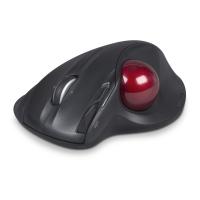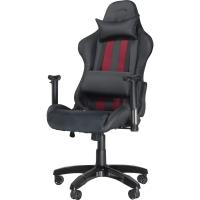Contact Us
01462 680060
Our line are open Mon-Fri 9-5pm (excluding Public and Bank Holidays).
Click on a department below to send an email.
Sales Customer Support Technical Support Dropshipment RequestErgonomic Top Tips
SPEEDLINK Top Tips To Work Smarter
Make your workplace better today


Make your workplace better today


Repetitive Strain Injury normally affects parts of the upper body, such as the forearm, elbow, wrist, hands, shoulders and neck. RSI is usually caused by activity repeated over a long period of time. It often occurs in people who work with computers either typing, using a mouse or talking on the phone at an awkward angle. The NHS Livewell campaign aims to help workers reduce the symptoms of RSI and SPEEDLINK'S business essentials products are designed to improve posture, reduce RSI and ensure you can work more comfortably from your desk. We've put together some top tips to help reduce strain and improve your working environment.
Top Tips to improve your workplace:
- Laptop Lift: If you use a laptop for work this can cause strain to your wrist and eyes. Consider a laptop raiser, peripheral keyboardand mouse. A docking station or hub will also assist with cable management and the ability to access a larger display screen which can prevent visual strain.
- Screen Height: Ensure your screen is positioned at the appropriate height and angle for your stature and line of sight. Ideally the top 1/3rd of the screen should be positioned at your eye level and be an arm's length distance away. The screen should ideally be tilted backwards a small amount to optimise visibility.
- Move Regularly: Set a reminder to regularly change posture, stand and / or even walk when working for extended durations in a seated position. Changing posture regularly reduces the risk of musculoskeletal, psychological and visual issues.
- Sit Pretty: It's vital your chair has adequate adjustability to support you while working. Any chair used for work should have a minimum of 5 castors, a swivel base and adjustability for seat height and backrest height and tilt. Each day take a couple of minutes to adjust the chair for your stature and work environment.
- No Slumping: Reduce spinal compression in an upright position by engaging your core and shoulder stabilising muscles. These muscles work statically to reduce spinal compression and load on the shoulder and upper limb.
- Eyes Wide Open: Avoid viewing your screen for extended durations. Try regularly focussing on distal points and even intermittently increase blinking frequency which prevents visual strain. Adjust character size, brightness and contrast of the screen to ensure you can view the screen without visual strain.
- Lights On: Check the lighting is adequate for your work environment. You should be able to easily view the screen. There should be no significant glare or reflections.
- Desktop Tidy: Keep frequently accessed items within easy reach. Frequently used items such as the keyboard and mouse need to be close enough to use without stretching or straining muscles.
Visit our Ergonomic PC & Laptop Hardware section for a wide selection of products that are designed to make your computer desk a safer and more comfortable environment.
* Source Clyde Crawford Principal Consultant Ergability
Shopping Basket











